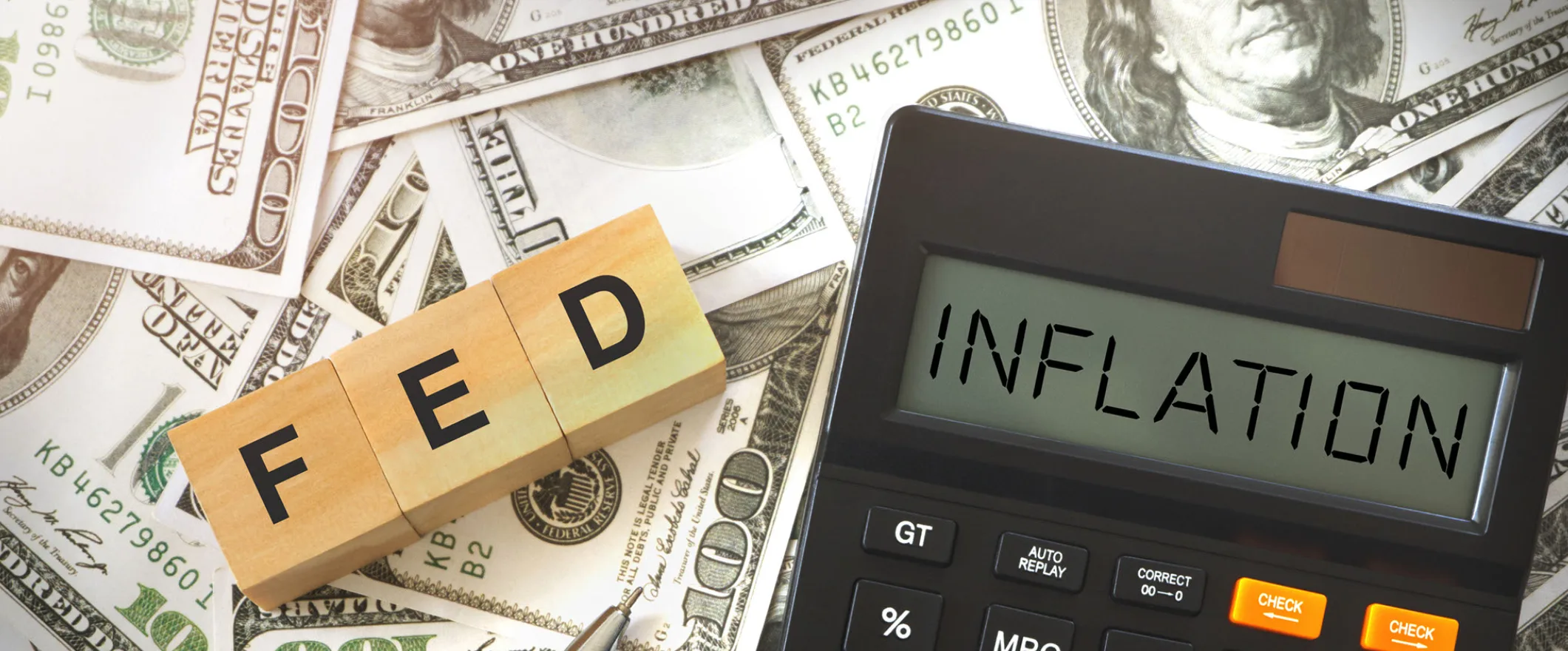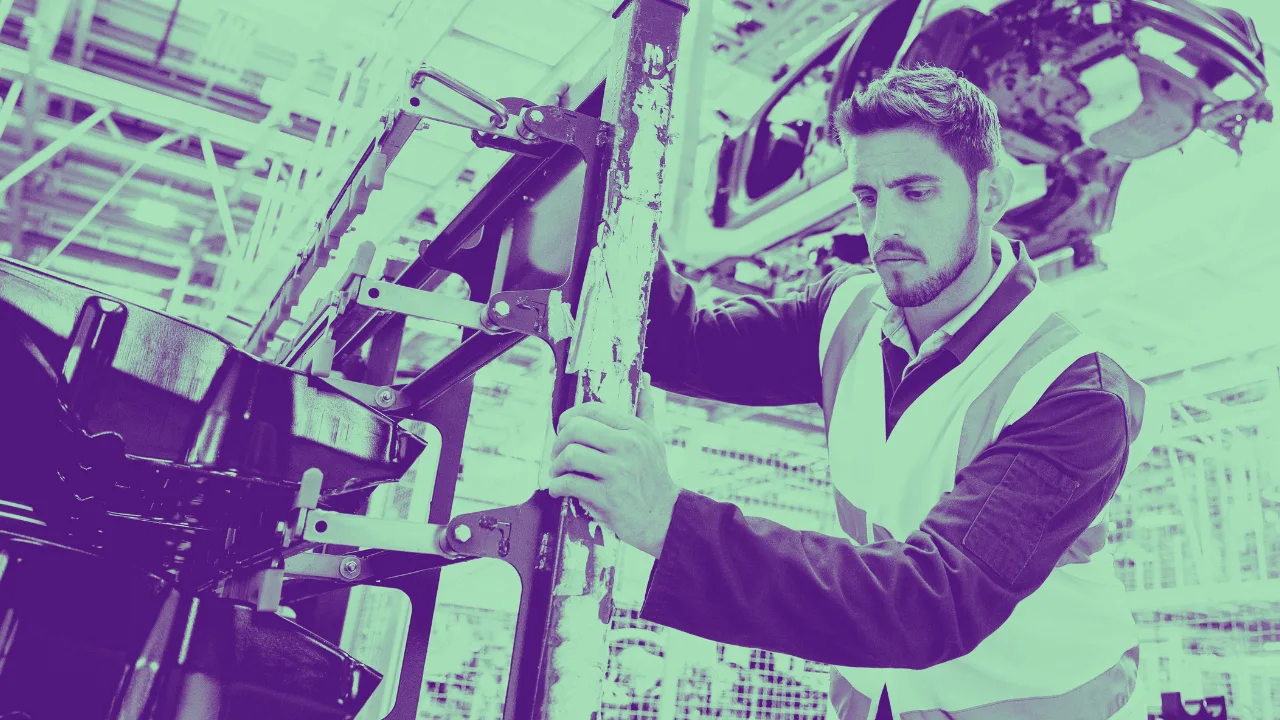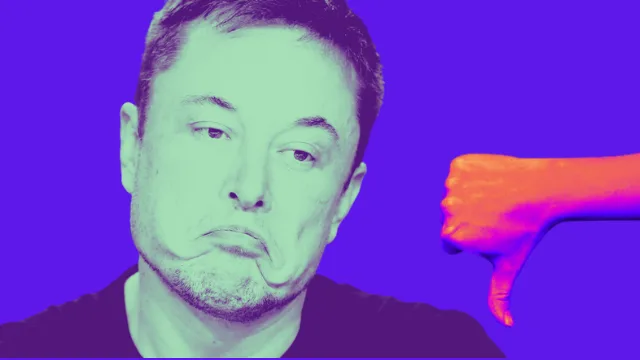Ran across a great article on Bloomberg “Who Wants to Keep Hiking Rates and Who Doesn’t? Breaking Down the Fed’s Views” that covers how policymakers are split into distinct groups – the hawks, doves, and centrists – each holding differing views on the necessity of further rate hikes and the potential consequences for the economy and the average consumer.
With the economic recovery in full swing, the central bank has embarked on a mission to tame soaring inflation rates. However, as they weigh when to stop hiking rates and how long to maintain elevated rates, disagreements among Federal Open Market Committee (FOMC) participants have deepened, casting a shadow over the outlook for interest rates and challenging Fed Chair Jerome Powell’s ability to maintain unity within the institution.
The Hawks: Advocates for Tighter Policy Led by Fed Governor Christopher Waller and St. Louis Fed President James Bullard, the hawks have been pushing for more aggressive actions to cool inflation since early 2021. They argue that the current 5-percentage-point interest rate hike since March 2022 hasn’t been sufficient to restore price stability. In their view, raising rates by more than the two additional quarter-point hikes initially projected in June is necessary.
Their focus on core inflation, excluding food and energy, remains a cause for concern as it hovers at 4.8%. This group fears that services prices are being sustained by a tight labor market with elevated wages, signaling potential inflation risks. Despite annual inflation rates decreasing from 9.1% to 3%, the hawks emphasize that there is not enough restraint in the economy, and they do not believe that interest rates have long lags affecting economic conditions.
The Centrists: Striving for Balance Led by Fed Chair Jerome Powell himself, the centrists are attempting to strike a middle ground between the hawks and doves. Acknowledging the need to continue raising interest rates, they advocate for a slower pace of rate hikes as they approach the end of the rate cycle. Aligning with the hawks on inflation concerns, Powell and the centrists also share the view that some increase in unemployment may be necessary to manage price pressures effectively.
The centrists anticipate a gradual improvement in prices, particularly in goods inflation and housing, but express concerns that services inflation, tied to a hot labor market, is likely to persist. Striking a balance between tackling inflation and avoiding a recession, they seek a cautious approach to further policy shifts.
The Doves: Patience in Assessing Rate Hikes Atlanta Fed President Raphael Bostic and Chicago Fed President Austan Goolsbee lead the doves, who advocate for a more patient approach in assessing the need for further rate increases. While they supported the aggressive rate hikes in the past, they now see the risks to the economy as more balanced. The doves attribute most of the recent price pressures to supply-chain disruptions and pandemic-induced economic changes, rather than an overheated demand.
They caution against rapid policy actions, emphasizing the “long and variable lags” inherent in monetary policy, which suggests that the full effects of rate changes may take up to two years to manifest. Rejecting the notion that a hot labor market is the primary driver of rising wages and inflation, the doves prioritize achieving a soft landing for the economy.
Implications for the Average Reader: As the Fed’s policymakers debate the course of action, ordinary Americans find themselves navigating a climate of uncertainty. The decisions made in the coming months will directly impact various aspects of their financial lives, including savings, loans, investments, mortgage rates, and job security.
With the potential for further rate hikes looming, consumers must stay vigilant and be prepared for potential changes in their monthly budgets. As the Fed grapples with inflation, maintaining a balanced perspective on their economic policies will be crucial in steering the nation toward stable and sustainable growth.





